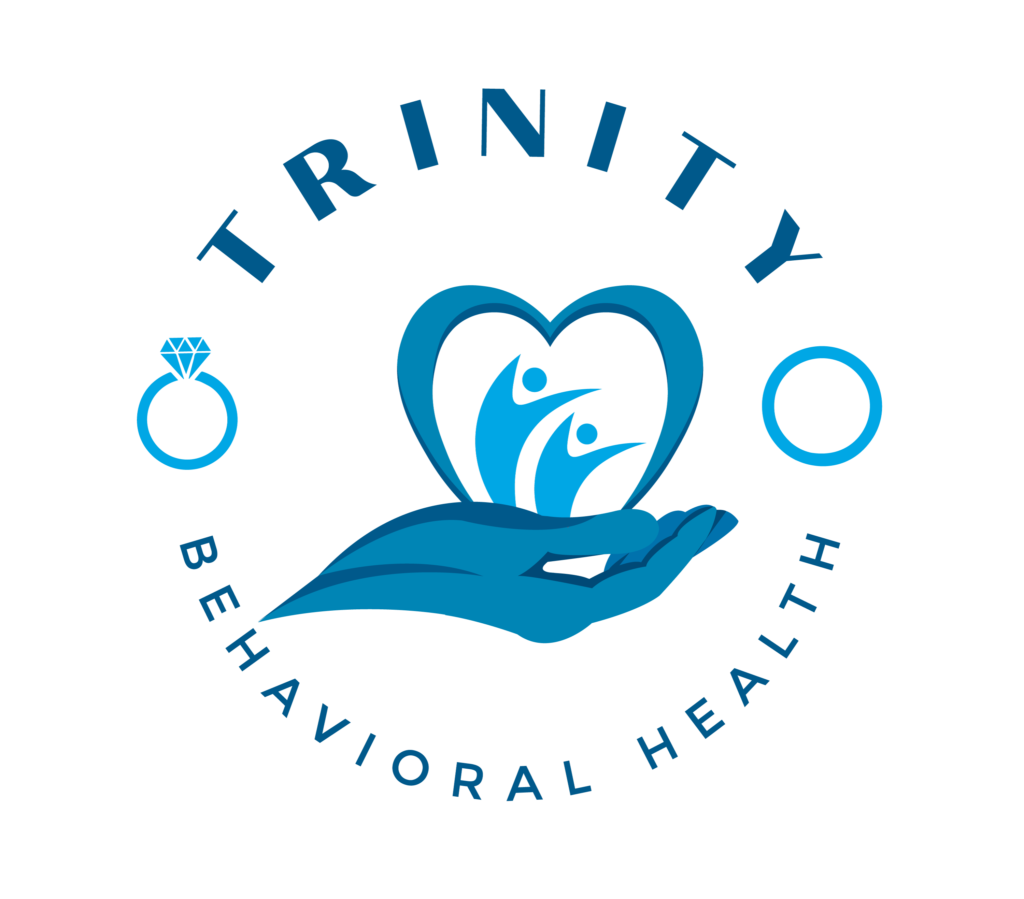How Can Virtual Intensive Outpatient Program Enhance Engagement to Prevent Screen Fatigue and Emotional Disconnect?
Virtual Intensive Outpatient Program (IOP) offer flexibility, privacy, and accessibility—but like any digital service, they come with challenges. Two common concerns are screen fatigue and emotional disconnect, especially in programs that require hours of virtual participation each week. To ensure clients stay motivated and connected, modern virtual IOPs are innovating with engagement-focused strategies. These enhancements not only improve the user experience but also increase long-term treatment success.
Incorporating Interactive and Varied Session Formats
One way to avoid screen fatigue is to break the monotony. Rather than relying on long video lectures or passive group therapy sessions, effective programs now use a mix of formats. These include:
-
Live video groups with interactive elements
-
Breakout rooms for small-group discussion
-
Multimedia presentations
-
Chat-based sessions for low-pressure engagement
-
Mindfulness activities and guided journaling
Rotating formats helps maintain interest and allows participants to absorb information in different ways, reducing the mental drain of back-to-back video calls.
Promoting Active Participation and Real-Time Feedback
Active participation is key to keeping people mentally present. Virtual IOPs increasingly use digital tools like polls, interactive worksheets, and live Q&A to make sessions feel dynamic. Some platforms also allow participants to digitally “raise a hand,” join in via chat, or respond to therapist questions anonymously to ensure that even introverted clients stay involved.
Real-time feedback mechanisms also help clinicians adjust session flow to meet participants’ needs in the moment, preventing disengagement.
Integrating Movement and Wellness Breaks
Physical movement can counteract screen fatigue. Leading virtual IOPs integrate wellness techniques into the day, such as:
-
Scheduled stretch breaks
-
Guided breathing exercises
-
Light yoga or chair exercises
-
Mindfulness or meditation segments
These intentional pauses refresh the body and mind, helping participants stay alert and emotionally grounded throughout the session.
Facilitating Emotional Connection Through Smaller Group Sizes
Large online groups can feel impersonal. To build connection and reduce emotional disconnect, many virtual IOPs limit group sizes or offer optional smaller breakout sessions. This intimacy promotes deeper sharing, stronger relationships with peers, and more personalized feedback from clinicians.
Having consistent group members over time also fosters familiarity and trust, essential components of emotional engagement.
Offering Asynchronous Tools to Support Learning and Reflection
Not all engagement happens in real-time. Asynchronous tools like video libraries, journaling prompts, and self-guided activities allow participants to engage with content when it suits them best. These resources let clients deepen their understanding outside of sessions and reduce pressure to always be “on camera.”
By balancing synchronous and asynchronous formats, programs cater to different learning styles and energy levels.
Conclusion
FAQs
Q1: How long are typical Virtual IOP sessions, and how do they prevent burnout?
A: Sessions typically run 1–3 hours. Programs prevent burnout with varied content delivery, frequent breaks, and interactive activities.
Q2: What if I feel disconnected during a session—can I step away?
A: Yes. Most programs encourage self-care and allow short breaks when needed. You can rejoin when ready.
Q3: How do I know if a virtual group size is too large to stay engaged?
A: Smaller groups (6–10 participants) tend to offer better engagement. If your group feels impersonal, ask the provider about smaller options or breakout groups.
Q4: Are there ways to engage without speaking on camera?
A: Absolutely. Many platforms offer chat functions, reaction icons, polls, and other ways to participate without turning on your mic or camera.
Q5: Can I access session materials after they’re over?
A: Most programs provide follow-up resources like summaries, worksheets, or video recordings to reinforce learning and support review.
